Do Cats Have Scent Glands in Their Paws? (Interesting Facts)
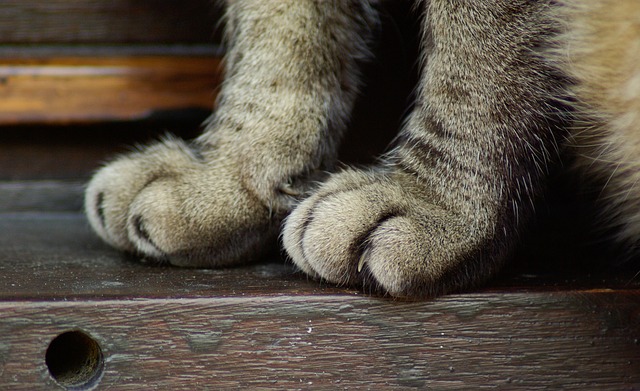
Ever wondered if cats have scent glands in their paws?
It's a burning question we've all had!
Like, why are their paws so fascinating anyway? 😺
Don't worry, I've got you covered.
Let's dig into this mysterious topic together, shall we?
Unraveling Feline Scent: Paw Anatomy, Smell Glands, and Science
Cats have scent glands in various parts of their body, including their paws, cheeks, and tail. These glands play a crucial role in communication and territory marking. Additionally, cat paws not only serve as grasping tools but also help distribute scent as cats move around.
Let me give you the lowdown on feline scent and the fascinating world of paw anatomy!
Cat paws are like little powerhouses of aroma, spreading their scent all over.
And it's not just in their paws, mind you - cats have scent glands in several places on their body!
Their cheeks, forehead, lips, flanks, tail - you name it, they've got it.
So, why is this important?
These scent glands have proved themselves to be quite something during cat evolution. They bring some serious advantages.
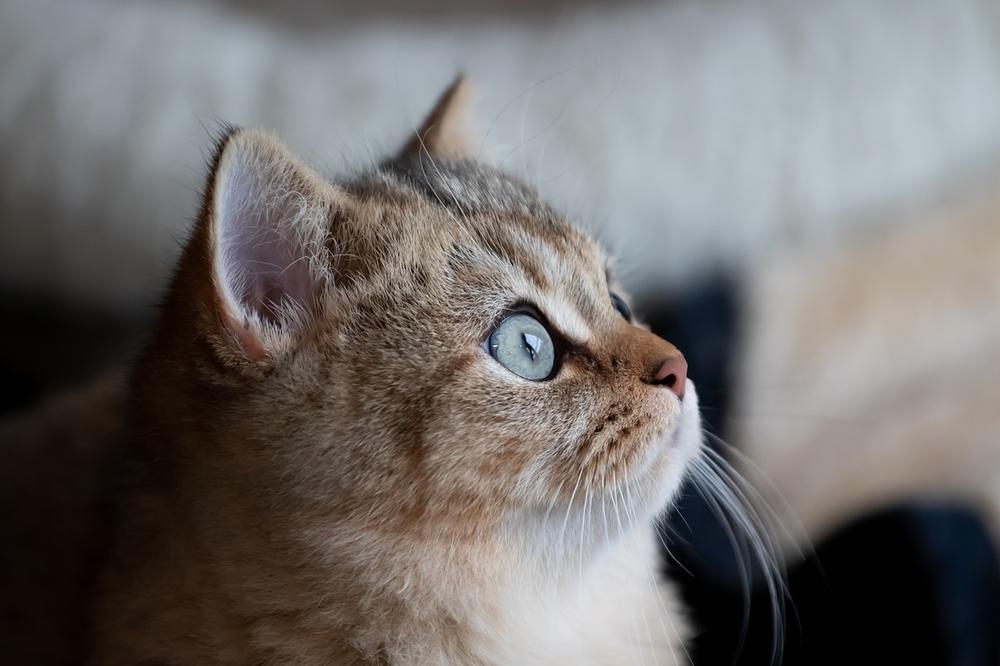
Take scent marking, for example, which plays a vital role in getting their message across to other cats.
When Kitty scratches that tree or piece of furniture (oh boy), they're actually leaving behind scent signals. It's like saying, "Hey friend, this is MY territory!"
You know what I mean?
It's like pure magic communication for our feline friends.
And those paws!
They do more than just grab things - they also distribute scent as cats wander around.
Imagine walking with a trail of scent following you everywhere you go.
Main points I'll expand upon further down this article:
- Cats have scent glands on various parts of their body.
- These glands are used for bonding, identification, and social status.
- Cats communicate through pheromones released by actions like headbutting.
- Synthetic pheromones can manage and reduce negative behaviors in cats.
- Understanding cat behavior is important to address destructive scratching.
- Local animal shelters can provide support for cats in need.
- Scent-marking behavior in cats conveys various forms of information.
- Cats interpret pheromones left by other cats through their keen sense of smell.
- Synthetic pheromones imitate feline facial pheromones for bonding signals.
- Cats use their paws to mark territory and communicate with others.
And let me tell you, the presence of scent glands in cat paws has far-reaching implications for their social dynamics!
The Relationship Between Paw Scent Glands and Feline Social Interaction
You see those adorable little paws your furry friend has?
They are not just for playing and cuddling.
Those paws actually play a crucial role in how cats interact socially.
Cats have scent glands all over their bodies, like on their cheeks, forehead, lips, and even their paws.
These glands act as perfume factories, producing special scents called pheromones that help cats communicate and form social bonds with each other.
The power of paw scent glands: dominance and group unity
When cats rub their paws against objects or people, they release these pheromones, which work like chemical signals within their species. This helps them recognize fellow cats, establish who's in charge, and mark their territory.
By leaving their scent on you and things around them, cats are basically saying, "Hey, I was here first!
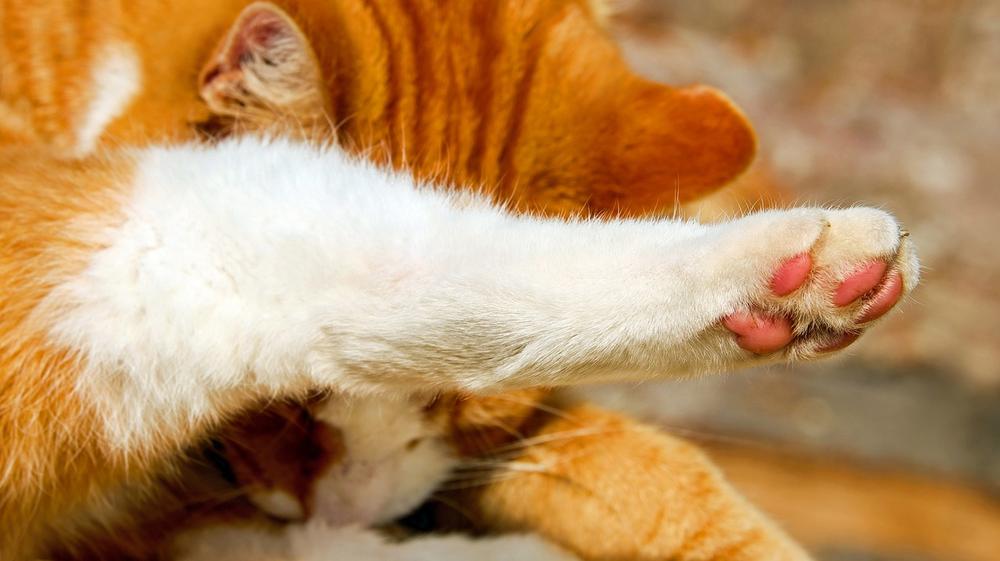
This is my space!" It's their way of showing their social status and claiming ownership.
Controlling cat behavior using artificial pheromones
Understanding how scent glands function can actually help you better handle your cat's behavior. There are synthetic pheromone products made especially for cats.
They are designed to calm them down during stressful situations, help them adapt to new surroundings, prevent destructive scratching, and even boost their appetite.
With these synthetic options, you can create a more peaceful living environment for both you and your feline buddy, without resorting to painful procedures like declawing.
It's also important to be aware of local animal shelters and rescue organizations that can provide support for cats in need.
They can offer helpful advice and assistance when it comes to understanding and meeting your cat's unique needs.
And by the way, while adult cats are able to eat kitten food, it's best to consult a veterinarian before doing so. Kittens have different nutritional requirements compared to adult cats.
It's not something you should do without proper guidance.
The Role of Scent Glands in a Cat's Communication
Cats, my fellow cat enthusiasts, the scent glands in a cat's paws are extremely important. They play a crucial role in a cat's communication.
These glands allow cats to transmit specific messages that encompass a wide range of emotions and intentions.
Let me explain further.
The scent cues emitted from paw glands enable cats to communicate their readiness for mating, establish trust with other cats, and even show a hint of aggression when necessary.
But hold on, there's more.
Cats also engage in scent-marking behavior, which is another essential aspect of their communication strategy.
Through scent-marking, cats can convey a wealth of information about their territory, fear levels, stressors, happiness, gender, reproductive status, and even familiarity.
Now you might be wondering, how do cats actually go about scent-marking?
Cats have a few tricks up their sleeves.
They use their anal glands to mark their stool with a strongly-scented liquid.
Additionally, during particularly stressful or exciting situations, they release pheromones associated with urine marking.
Using their keen sense of smell, cats interpret these pheromones left behind by other cats, giving them access to all the important cat gossip.
But wait, that's not all.
Cats take scent-marking to another level.
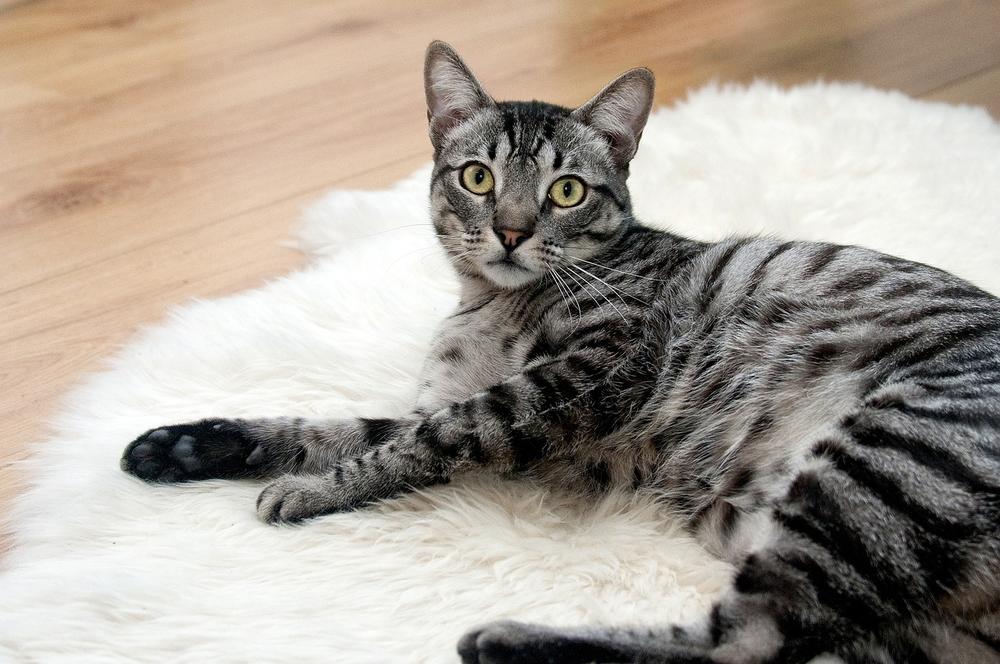
They rub their tails and sides on objects or release scent from their sebaceous glands.
And why do they do this, you ask?
It's quite simple.
This behavior helps them establish relationships, assert their territorial boundaries, create familiarity, indicate their reproductive status, gather information about unfamiliar cats, find comfort, and form bonds.
But wait, there's still more to discuss.
Sometimes, scent-marking can take on a subtle form of aggression.
It's as if cats have a secret language that we're just beginning to understand.
And if that wasn't enough, the combination of scents in their markings reveals vital elements about the message they are trying to convey through pheromones.
But guess what?
We're not done yet.
Synthetic pheromones have been created to mimic feline facial pheromones, which play a role in signaling friendliness and bonding.
So, my fellow cat enthusiasts, let's take a moment to appreciate those scent glands in our feline friends' paws.
They unlock a world of communication that only cats truly comprehend.
And now, my curious readers, I invite you to delve deeper into the fascinating world of a cat's territory marking strategies using their paws.
Grab a comfortable seat and let me guide you through the various behaviors our furry friends employ to claim ownership and communicate their presence with other cats and even objects around them...
How Cats Use Their Paws to Mark Territory
When it comes to marking territory, cats have a few pawsome strategies up their sleeves (or should I say paws).
They use their paws in various ways to let others know where they stand.
- Scratching: This natural behavior helps cats release pheromones from glands in their paws. It's like leaving their signature scent behind. Don't worry, though. You can redirect this behavior by providing plenty of scratching posts, trees, and mats just for them.
- Kneading: Have you ever seen your cat kneading their paws on a soft blanket or your lap? Well, that's not just an act of pure comfort. Cats knead to mark their territory with scent glands on their paw pads.
- Touching objects: Ever wondered why your cat loves rubbing against furniture, walls, and even you? Yep, it's another way to claim ownership and leave scent marks using those trusty paws.
But wait, there's more!
These territorial tactics extend beyond the house.
Cats also mark their presence outside the neighborhood.
So, be sure to create a safe and stimulating environment indoors with scratching surfaces and irresistible toys. 😺
Exploring the Function of Paw Scent Glands in Cat Hunting Behavior
This investigation delves into the potential connection between scent glands in cat paws and their hunting prowess.
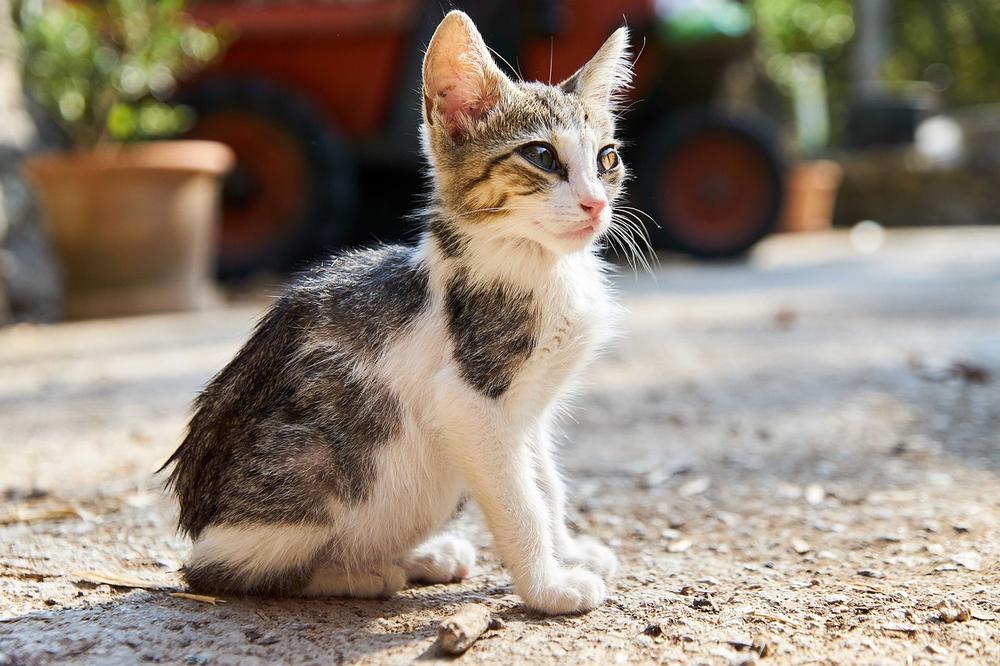
You see, scenting is an innate instinct that has been inherited from our feline forebears, who relied on it for survival in their wild habitats.
The primary goal of this exploration is to determine whether these scent markers assist cats in discerning prey tracks or bolstering their ability to launch stealthy ambushes during hunts.
By examining the link between these fundamental olfactory instincts and hunting skills, we seek to shed light on the elusive nature of our furry friends' predatory prowess.
And that wraps up today's article.
If you wish to read more of my useful articles, I recommend you check out some of these: Why Do Cats Like Refrigerators, Why Do Cats Watch You Poop or Pee, Why Is My Cat Obsessed With My Feet, Why Does My Cat Hold My Hand, and Why My Cat Humps Me
Talk soon,
-Sarah Davis